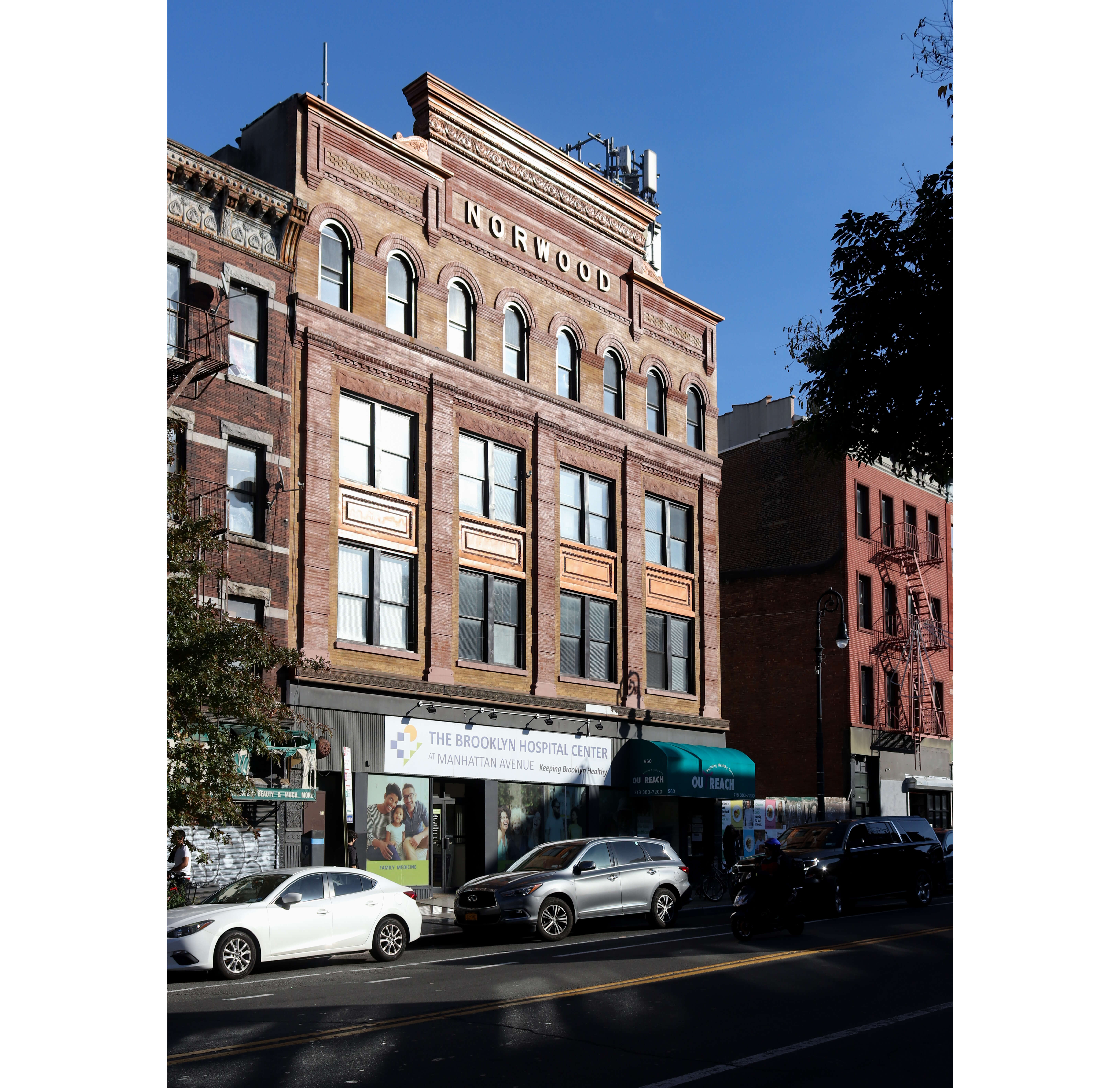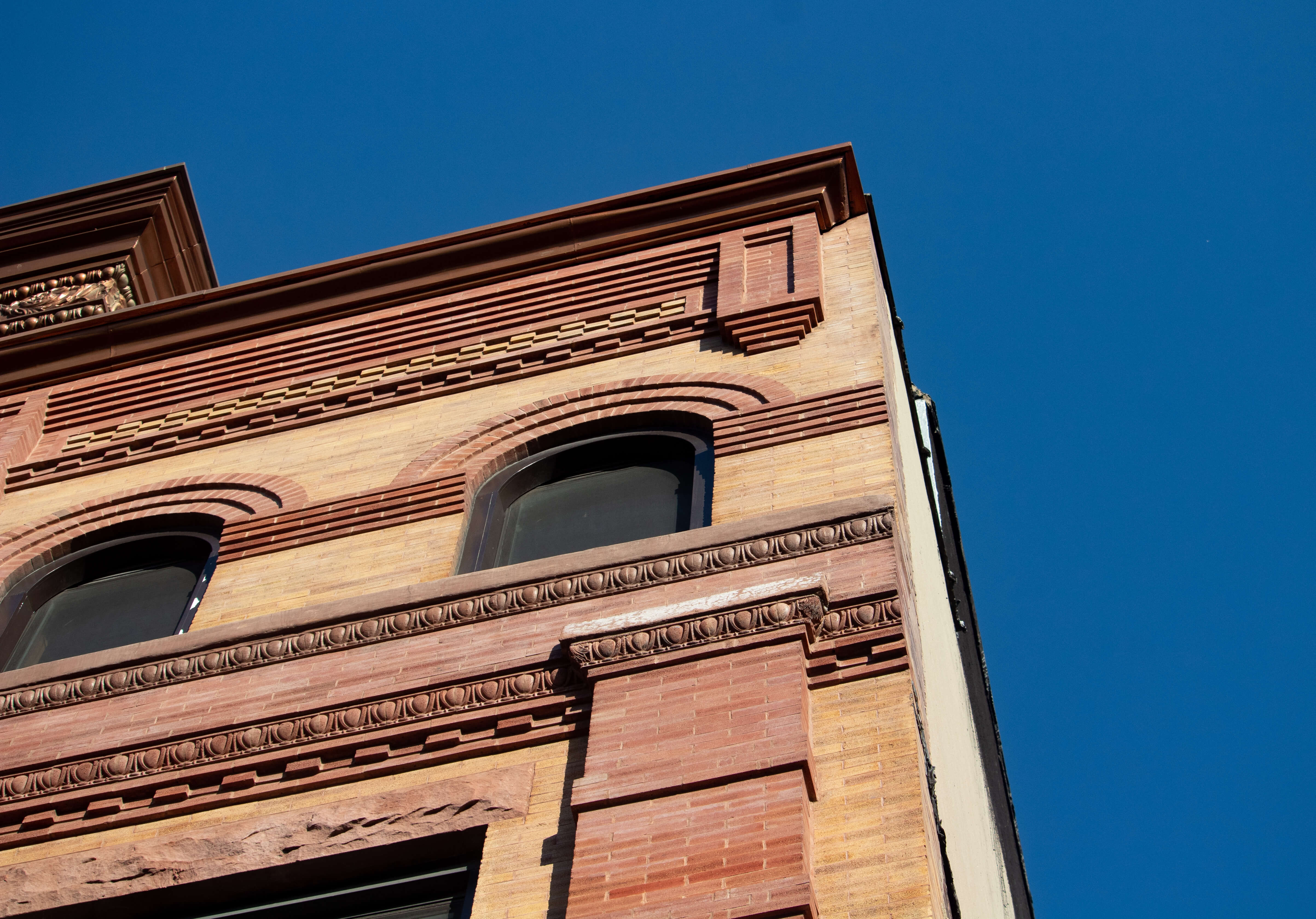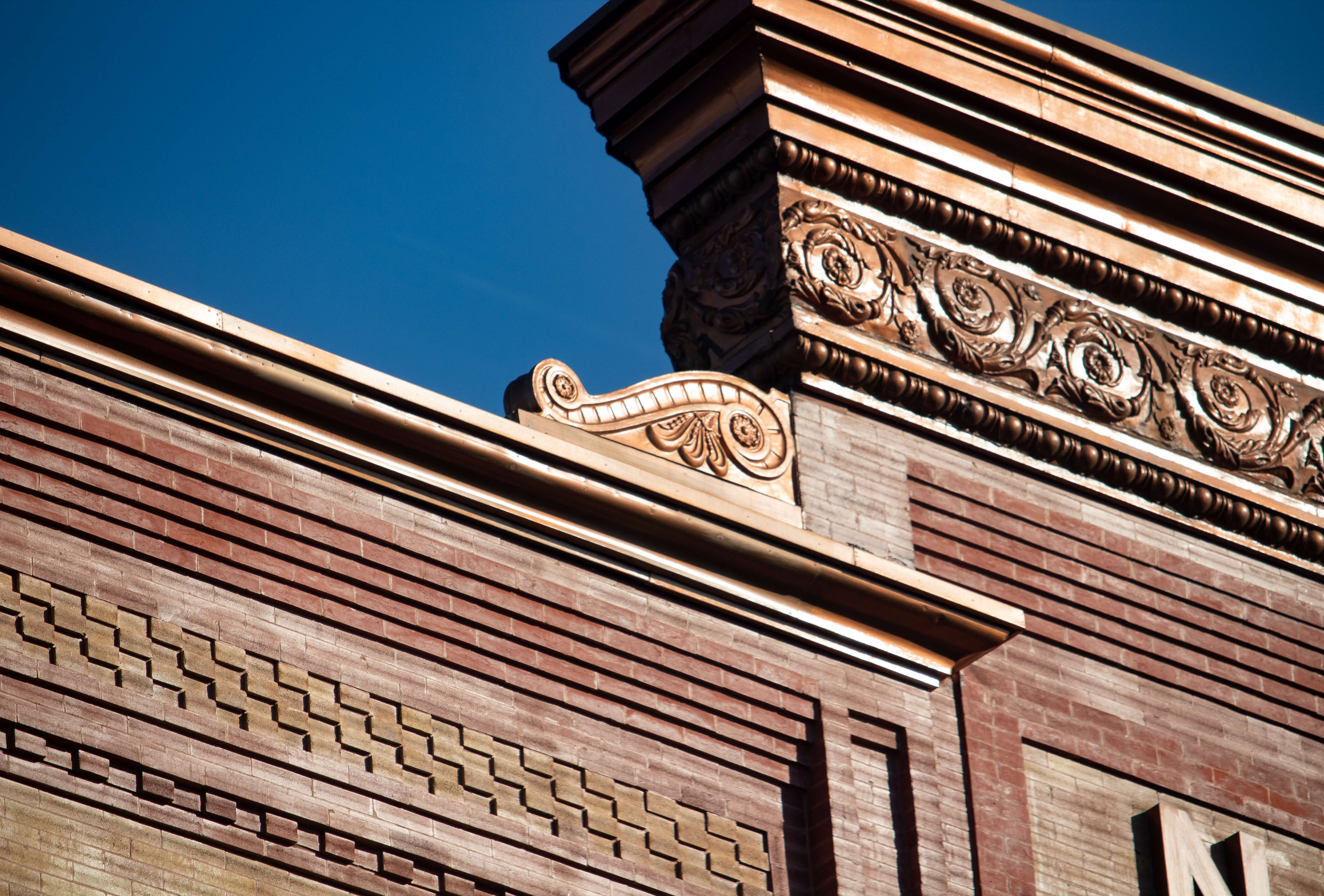A 19th Century Factory for the Garment Industry in Greenpoint
Designed by Philemon Tillion, an architect with offices nearby, this Manhattan Avenue storefront and lofts building was built in 1897.

Editor’s note: This story is an update of one that ran in 2014. Read the original here.
Most of my professional life in New York City was filled with various jobs in the fashion and home furnishings business. Although I never worked in the garment center, per se, all of the companies I worked for did business there. We bought fabrics, trims and notions there, engaged workrooms of many kinds, used specialized services and were represented by showrooms, all in that once-mighty area on the West Side between 42nd and 34th Streets.
As rents increased, business moved overseas, and the old industrial spaces were being sought by tech companies and for residential loft space. Those companies that remained started to move to Brooklyn, Queens, the Bronx and New Jersey. For the first time, I realized that the “Garment Center” was much larger than I had ever thought. I was visiting small and large factories in the boroughs that had been there for generations, some almost a century, just doing their thing, and employing local workers. Ridgewood, Queens had a lot of factories, as did East New York, Williamsburg, Bushwick and Greenpoint. This building was one of those small Greenpoint factories.

960 Manhattan Avenue was designed by Philemon Tillion, a busy Brooklyn architect with offices nearby at 209 Manhattan Avenue. He was responsible for many buildings in Greenpoint, as well as row houses, a church and other buildings throughout Brooklyn. This storefront and lofts building was built in 1897. In 1900, part or all of the ground floor was local headquarters for the Republican Party of the 14th Assembly District. They met here to nominate candidates for the State Assembly, as well as local office.
In 1904, at least one floor, perhaps more, belonged to the Cohen Lace Factory. They placed several ads in local papers looking for machine operators. From at least 1914 to 1916, the ground floor and perhaps the floor above was home to the J.A.E. Speir Furniture Company. They also advertised furniture storage on their loft floor, with the assurance to customers that their stored furniture would be kept safe, dust free, and available. Plus you could buy new furniture downstairs.

The most newsworthy company in the building was the largest. The third and fourth floors were, at least during most of the ‘teens, home to the Charles S. Merton & Company, manufacturers of cloth hats and caps. The company was founded in 1901, and moved to this building in 1909. In 1912, many of the employees were involved in a long, rancorous and often violent strike against the company, over their desire to establish a union. They wanted to join the United Cloth Hat and Capmaker’s Union of North America, Local 32, Brooklyn.
The management told reporters they were baffled as to why their workers wanted to unionize, as they felt they were paying a good wage, had better than average working conditions, and offered employees profit sharing, something no one else in that industry did. The workers were never interviewed, so we don’t know what they felt. As the strike continued, the mostly young strikers were often arrested, and were on a couple of occasions assaulted by Pinkerton men hired by the management to keep order. Pinkertons were notorious strike breakers and known for violence. The accusations of violence by and against the strikers was often in the local paper, the Brooklyn Daily Star.


The paper did not publish when the strike ended, but I did find that the company moved from Greenpoint into Manhattan, where they set up shop in a loft building at 810 Broadway. They were there in 1915, and were still in business in 1929, when they went to court over the use of the name “Merton” to describe a style of hat. Hopefully they survived the Great Depression.
I was not able to find out why the building was called the Norwood; that name did not appear in any records. Perhaps it was a family name of the developers, Randall & Miller, whose offices were at 16 Bedford Avenue in Williamsburg. Today the building houses a clinic for the Brooklyn Hospital Center on the ground floor.
[Photos by Susan De Vries unless noted otherwise]
Related Stories
- From Rope Making to Artists and Small Business: The Greenpoint Manufacturing and Design Center
- Get a Glimpse of the Historic Greenpoint Home for the Aged Before the Leaves Arrive
- A Greenpoint Mansion for a Porcelain Prince
Sign up for amNY’s COVID-19 newsletter to stay up to date on the latest coronavirus news throughout New York City. Email tips@brownstoner.com with further comments, questions or tips. Follow Brownstoner on Twitter and Instagram, and like us on Facebook.





What's Your Take? Leave a Comment